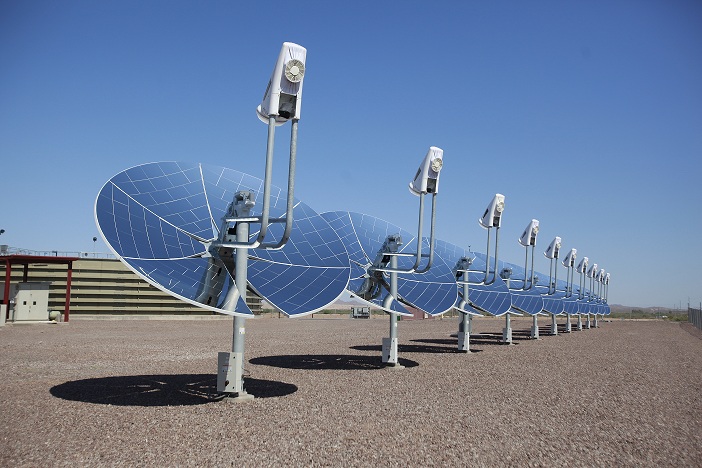Frito Lay moves toward 'net zero' manufacturing


Frito Lay has may be best known for snack foods, but its latest enticement is sustainable manufacturing. It has taken its Casa Grande, Arizona facility to nearly “net zero.”
In doing so, Frito Lay believes that it will be resistant to future fluctuations in the cost of energy and availability of water, said Alan Havorsen, senior director of sustainability. The facility is also a test bed for green technologies that will be employed elsewhere.
The Casa Grande facility is 75 percent net zero, the company says. It achieved a 50% reduction of green house gases, 85% reduction in the use of natural gas, 50% reduction in annual electricity load, and 75% of water is recycled.
This is due to a combination of increased energy efficiency, solar power, a biomass boiler, and a water recovery system, Havorsen noted.He added that there has been zero waste leaving the site to landfill over the last three months.
Green technology will also help Frito Lay save jobs. Those cost savings provide it with an alternative to relocating its facilities once resources become scarcer. It has also developed aggressive commodity trading and forecasting programs.
“[Casa Grande] was not our typical investment. In the past we’ve invested in energy efficiency projects and renewable ones with standard paybacks of 2-3 years. This project looks at longer-term opportunities - especially on water recovery in desert southwest,” Havorsen said.
The facility was paid for by reinvesting part of the US$80 million in energy efficiency savings that Frito Lay has accomplished over the past decade. Its “department of energy” has seen 43, 32, and 25 percent reductions in water, natural gas, and electricity consumption per pound of product since 1999.
Casa Grande will serve as a petri dish for Frito Lay’s other facilities to move closer toward next zero over the next five years, taking into account regional differences in the energy mix, Havorsen noted.
Image Credit PepsiCo
This post was originally published on Smartplanet.com